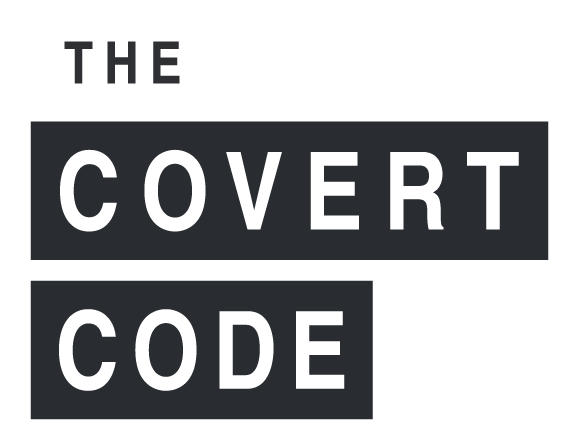If you spend time on the beach in Hawaii, you’ll see surfers “carving”—rebalancing to change direction quickly as a way to navigate a wave successfully.
It’s a maneuver that many business owners need to make when it comes to digital marketing. In order to succeed in an evolving digital landscape, you must have the confidence to pivot when the numbers aren’t adding up.
If you rely on your advertising agency to protect you from spending too much and achieving too little, you need to know that online advertising has no third-party oversight. That’s right, there is no way to prove, using an unbiased entity, that your ad or impression ever ran. That’s why picking the right partners and asking the right questions are critical.
The good news is that it’s easy to spot potential problems by asking questions and having the confidence to press Pause on a marketing campaign that isn’t delivering.
Here are three warning signs that it might be time to pump the brakes:
- Your advertising agency asks for a bigger budget. Regardless of your digital spend, any paid advertising should have a measurable result. Never agree to spend more before you have confidence in your paid service to the onsite conversion rate. Before agreeing to a bigger budget, ask about changing creative, landing pages, promotions, or trying a different approach to driving the paid search (such as testing Outbrain Native ads instead of Google Display).
- Your advertising agency says your campaign will take 90-120 days to work. When you hear this, it’s time to pause everything. Media companies that use lists to target users will say that it takes this long to match the data, create the audience pool, and serve enough ads to optimize the campaign. The truth is that most of those users who they might have been able to “match” with online may no longer need your specific product or service. Think about when you purchase a product and continue seeing ads. It’s ludicrous to attribute one impression shown to a customer with a site visit that was influenced by that marketing in any time frame over 24 hours (view-through) or 30 days if the ad was clicked on.
- Your advertising company claims that they are unable to tell whether a human clicked on the ads or not. There are trusted media partners like Quantcast, StackAdapt, Criteo, and Outbrain that will allow third-party pixels to run inside of your ads to prove they were viewed and to show the percentage of viewability, which matters when the user scrolls down the page (if they scrolled fast, they might have only seen your ad for a few seconds, meaning it was viewed at 50% rather than 100%). Bots can be blocked from paid search campaigns using third-party software like ClickCease. Tools like platform IVT (invalid traffic) reporting can confirm the validity of engagement.
I don’t believe that agencies and media partners deliberately participate in a grand scheme to hurt business owners. Instead, it’s the result of a total lack of expert knowledge that has trickled down and tarnished the industry.
Digital marketing didn’t become a dark art by itself; it has become that way from years of rapid and untamed growth. The good news is that there are tools and resources that can help business owners take back control by learning the fundamentals of how media is bought, sold, and consumed online.
Riding the waves of digital media begins by recognizing when it’s time to smoothly change directions, carving like a pro.











